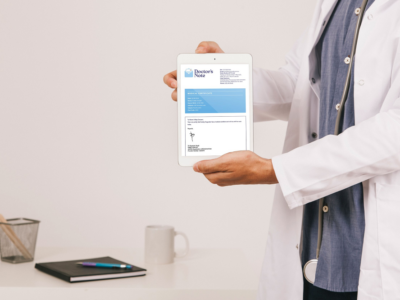Ventilators save lives. Within these past few years, we’ve heard about ventilators saving the lives of patients with COVID-19. But, they also help patients with pneumonia, asthma, and more.
Long before the pandemic (and long after it), ventilators will be there to save patients from life-threatening conditions.
But, how do ventilators work? What do ventilators do and how do ventilators help patients?
To learn the answers to these questions and more, keep reading.
How Do Ventilators Work?
Mechanical ventilators work by blowing oxygenated air into your lungs using pressure. Additionally, they remove carbon dioxide from the body.
These movements mimic the everyday pattern of breathing.
Some ventilators use face masks while others use breathing tubes.
Ventilators with face masks are also known as non-invasive ventilators. These still push air into your lungs, but it’s less forceful.
Non-invasive ventilators are more comfortable and don’t require sedation. As a result, there are fewer complications.
Ventilators with breathing tubes are also known as invasive ventilators. These tubes carry the oxygen directly to the patients’ lungs.
Invasive ventilators are uncomfortable and require sedation, but they’re necessary for more serious conditions.
How Do Ventilators Help Patients?
Respiratory failure is life-threatening. If you can’t breathe correctly, your body won’t get the oxygen that it needs.
Over time, a lack of oxygen can deprive your organs of the oxygen they need to function. And, it would lead to death without medical intervention.
Ventilators make it possible for patients to get the oxygen they need. By breathing for the patient, ventilators make it possible for oxygen to circulate through the patient’s body.
This increased supply of oxygen will also help the patient heal better. And, allowing their lungs to rest will help their lungs heal as well.
With a few days or weeks on the ventilator, their body could be healed.
Once their body has healed enough, they can come off of the ventilator and breathe for themselves.
Here are some common conditions that may require ventilators:
- acute respiratory distress syndrome (ARDS)
- chronic obstructive pulmonary disease (COPD)
- asthma
- cardiac arrest
- brain injury
- pneumonia
- collapsed lung
- stroke
- lung infection
- sepsis
- upper spinal cord injuries
Not all patients with these conditions will need a ventilator. However, more serious conditions will require mechanical ventilation.
Physicians are trained to know when ventilators may be the best option. If you or a loved one are ever in a serious situation, the physician may bring up the use of a ventilator to aid in the healing process.
Where Do Hospitals Get Ventilators?
Like other medical supplies, hospitals get ventilators from trusted suppliers. Because of the serious nature of pulmonary conditions, medical facilities need to make sure they’re getting quality supplies like these ventilators for sale.
Learn More About Medical Treatments
So, how do ventilators work? Well, they use pressure to mimic the act of breathing for patients who can’t breathe well for themselves.
In addition to ventilators, there are other kinds of medical equipment that save lives, too. To read more about them, check out the rest of our blog.












Comments